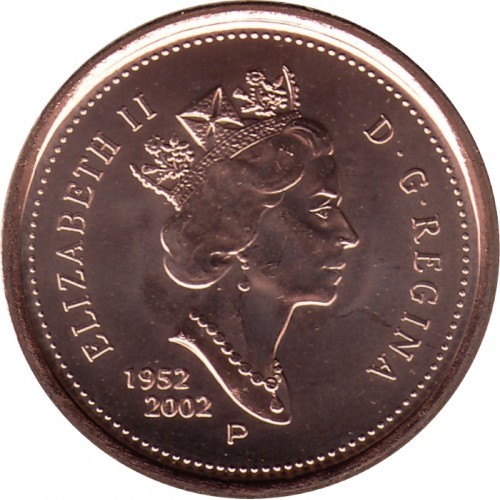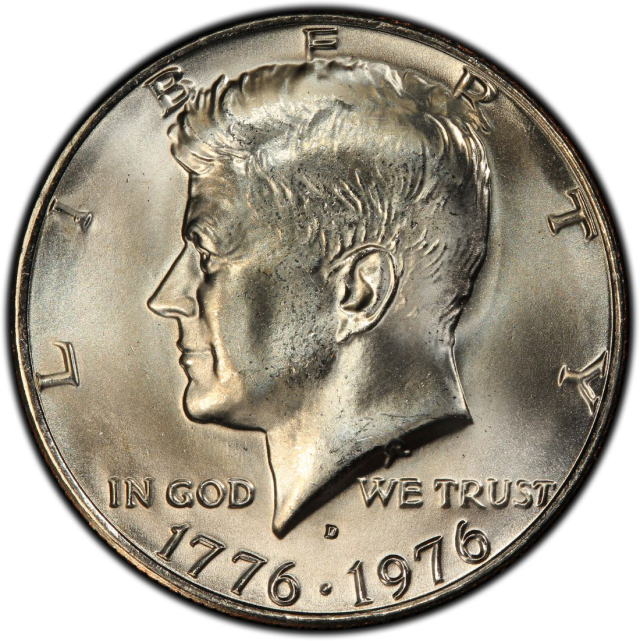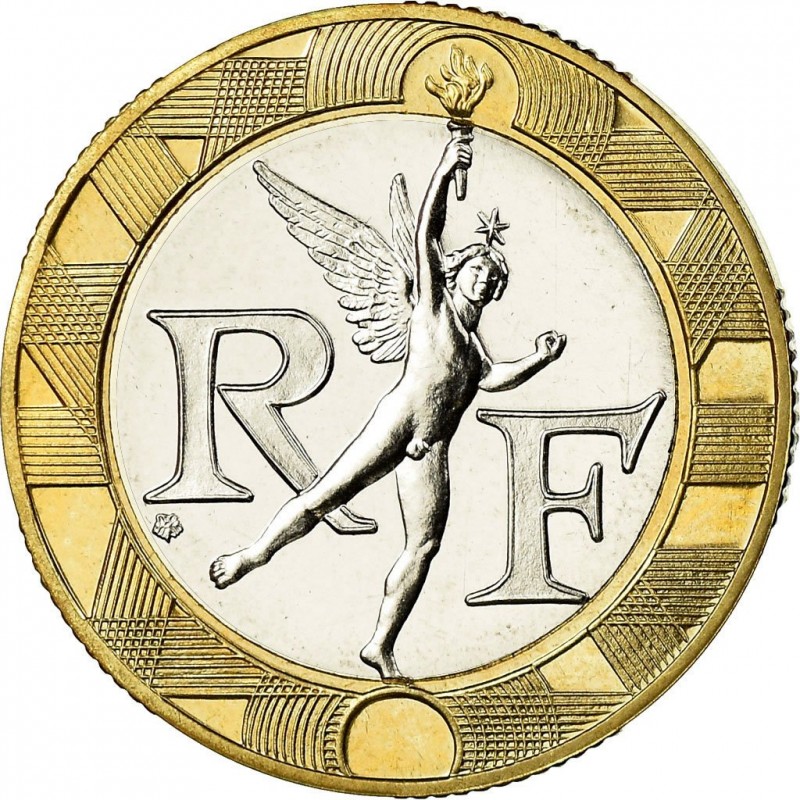USA 1 dollar Flowing Hair 1794
USA, Philadelphia


Rarity
Extremely Rare
Attributes of Coins
| Melt Value | $40.16 24.075g Silver |
|---|---|
| Region | USA |
| Denomination | 1 dollar |
| Krause number | KM# 17 |
| Mintage | 1,758 |
| Metal | Silver 0.893 |
| thickness | 2 mm |
| diameter | 39 mm |
| weight | 26.96 g |
Obverse:

Liberty
Creators:
Robert Scot
LIBERTY
Reverse:

Coat of arms
Star
Creators:
Robert Scot
UNITED STATES OF AMERICA
Introduction of Coins
The coining of both gold and silver was delayed by the inability of the U. S. Mint's assayer and coiner to post the bonds required for the handling of precious metals. This problem ultimately was solved when two wealthy advocates of the Mint posted the requisite funds on behalf of the officers. The first silver issues, aside from the brief production of half dismes in 1792, were the dollars coined in early October of 1794. Since the Philadelphia Mint's largest press was not suited for striking a coin of this size, the impressions were incomplete. This resulted in only 1,758 acceptable coins out of an estimated 2,000 struck. Even these pieces are characteristically weak at left on both sides, suggesting that the dies were not absolutely parallel to one another. The coins deemed suitable for issue were delivered by the coiner to the treasurer on October 15, 1794. The remaining pieces, if of legal weight, were most likely retained for overstriking when a more powerful press became available. This did not happen until the following year, and at least one 1795-dated dollar (variety BB-14, B-4) retains signs of an underlying 1794 impression. Just a single die marriage is known for this brief issue, though alternative dies produced test pieces struck in copper. Just a few examples were preserved of this historically significant issue, but most of the approximately 125 survivors are quite well worn and/or damaged. The finest 1794 silver dollar was coined on a planchet into which a silver plug had been inserted prior to striking. This oddity is seen on a number of 1795 dollars and a lesser quantity of 1795 halves, and it's assumed that this action was taken to correct an otherwise underweight planchet. No documentation has been found for such activity, so numismatists can merely speculate as to whether this or some other reason accounts for the mint-plugged coins.Read More













